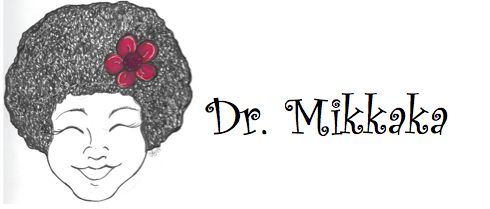Powerful Literacy Series: Culturally Responsive Teaching (Part 2)
Renowned scholars Dr. Gloria Ladson-Billings and Dr. Geneva Gay assert that culturally relevant or culturally responsive pedagogy is “just good teaching” and so much more. It aims to empower diverse students through “academic success, cultural affiliation, and personal efficacy” (Gay, 2010, p. 127). Culturally relevant pedagogy is a “pedagogy of opposition” that counteracts the deficit perspectives often applied to diverse cultures, offering guidance to teachers who seek to improve the academic achievement of students from diverse racial, ethnic, cultural, linguistic and socioeconomic backgrounds.
The disjointedness between home and school cultures for impoverished students and students of color greatly contributes to the lower achievement of these groups; thus, culturally responsive teaching should recognize and reduce such barriers by better aligning the home and school lives of students. It is “a means for unleashing the higher learning potentials of ethnically diverse students by simultaneously cultivating their academic and psychosocial abilities” (Gay, 2010, p. 21).
Dr. Django Paris (2012) advocates for the active maintenance of varied cultures and heritages. Rather than embracing the idea of students being successful by assimilating into the patterns of mainstream cultures, Dr. Paris encourage that we “support young people in sustaining the cultural and linguistic competence of their communities while simultaneously offering access to dominant cultural competence” (Paris, 2012, p. 95). This paradigm rejects the old adage of the American melting pot in favor of a salad–each ingredient retains its own independent flavor, but together provides a meal rich in taste and nutrients. The whole is better because of the richness and uniqueness of each part.
In a culturally responsive classroom, minoritized students are empowered to be classroom leaders, but also part of a community unified in its aim to effect change and promote equity in school and the world at large. In such a classroom, we move beyond incorporating holidays or colloquialisms into perfunctory lessons. In such classrooms, students do not feel as though they have to reject who they are and assimilate into the school culture in order to be successful because their teachers connect to family and community in the classroom, legitimating students’ real-life experience into the official curriculum and opening up opportunities for students to meld home and school literacy practices into a hybrid set of practices that allow them acceptance in both their home and school environments.
We will continue this series, but in the meantime, check out some of the resources below:
https://www.tolerance.org/professional-development/being-culturally-responsive
https://www.cultofpedagogy.com/culturally-responsive-misconceptions/
Keep the conversation going in the comments or in your own circles. Questions for Reflection: What does this LOOK and SOUND like in practice?

